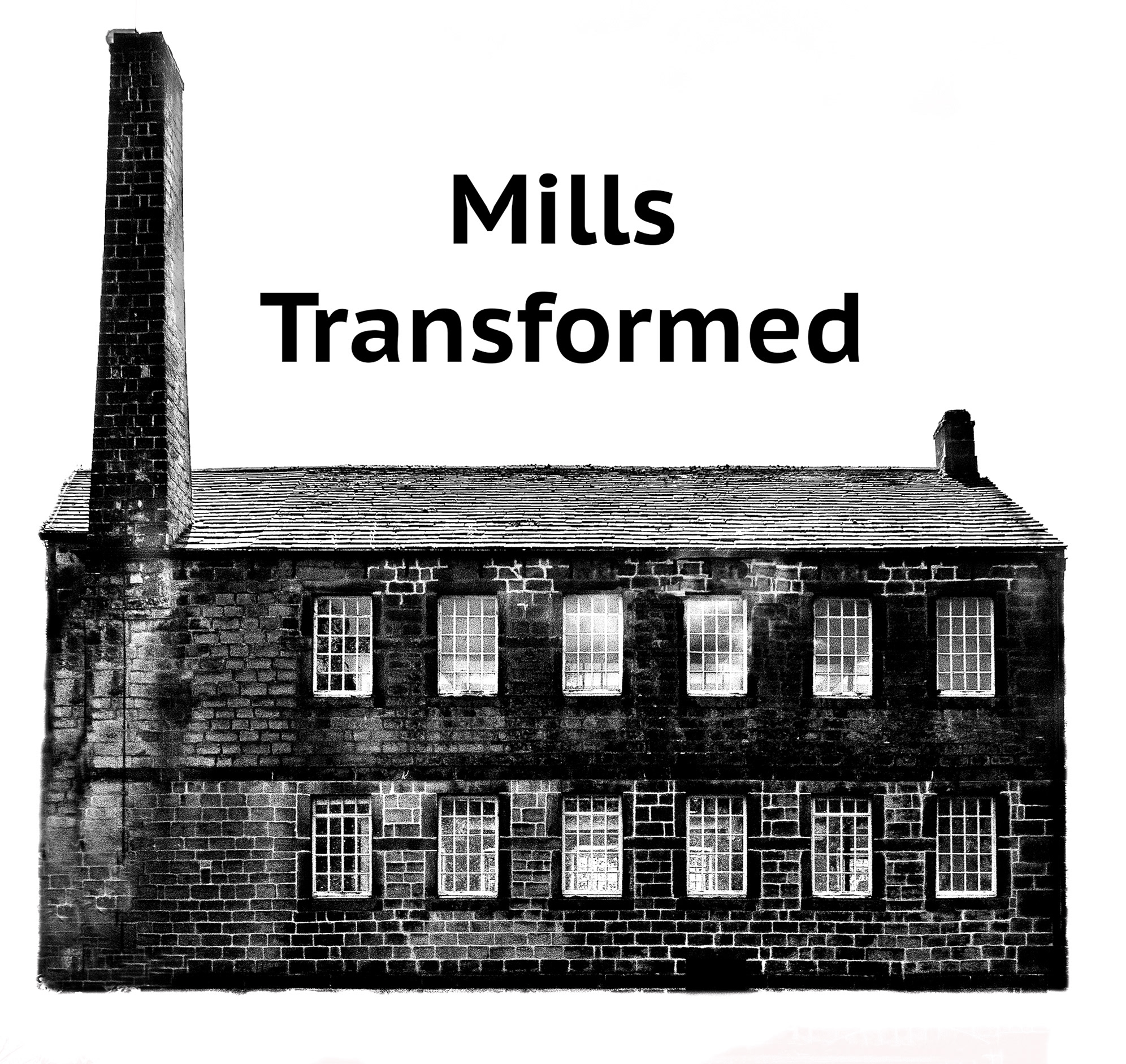"Horsley's research and photographs have been turned into a stunning book"
Yorkshire Post
"What a wonderful book - the best book i have ever seen on mills"
Paula Grizzard
"I loved this book which I bought at Dean Clough last week. Loved the idea of case studies with red edged pages and was very impressed with the production. Great read. I will be recommending it on my History of Architecture website".
Phil Emery
'I love your book. It will be a really good resource for my practice'
Ellen Kitson, KITSON Architecture
The Mills Transformed book has now been published by John Hudson Publishing and is available in local book shops or online via Waterstones, Amazon etc.
Drawing on the visited mill case studies the book reaches conclusions as to what makes a successful scheme and how further mills can be renovated and repurposed.Mills Transformed is a large format hardback book, printed on fine art paper, contains over 30,000 word book and 140 photographs and has a foreword by Historic England.
If you wish to order a signed copy please use the Contact page for further details
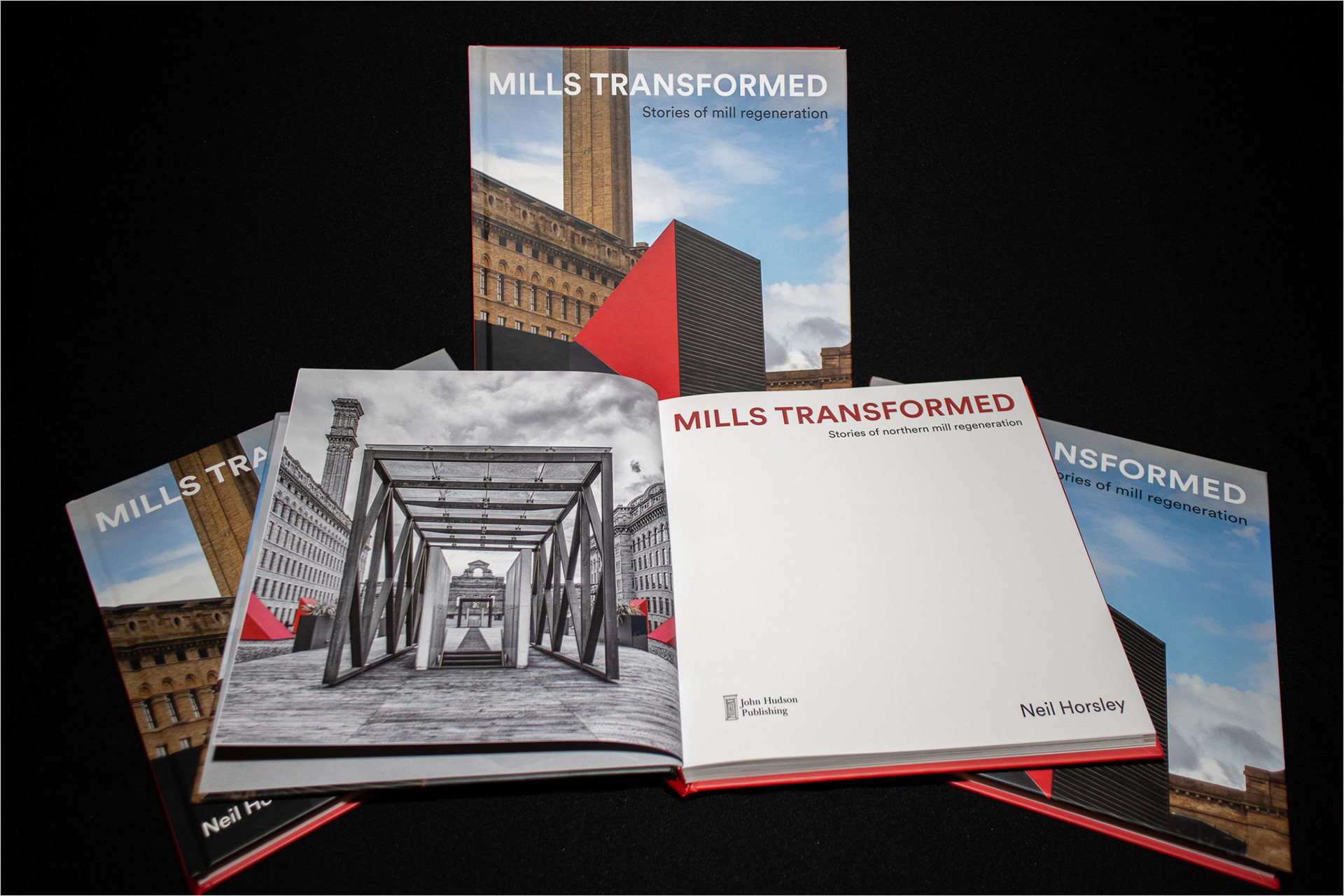
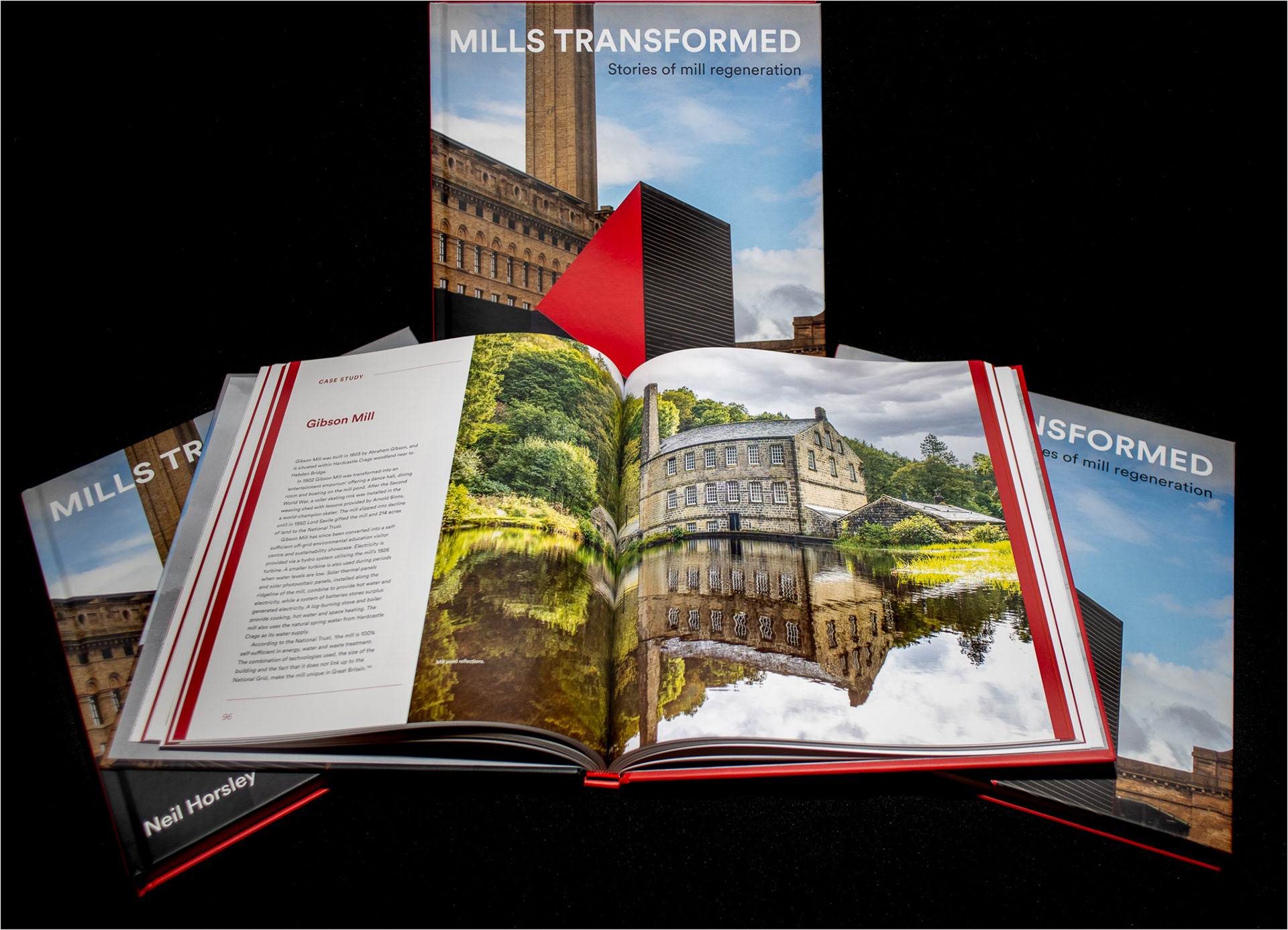
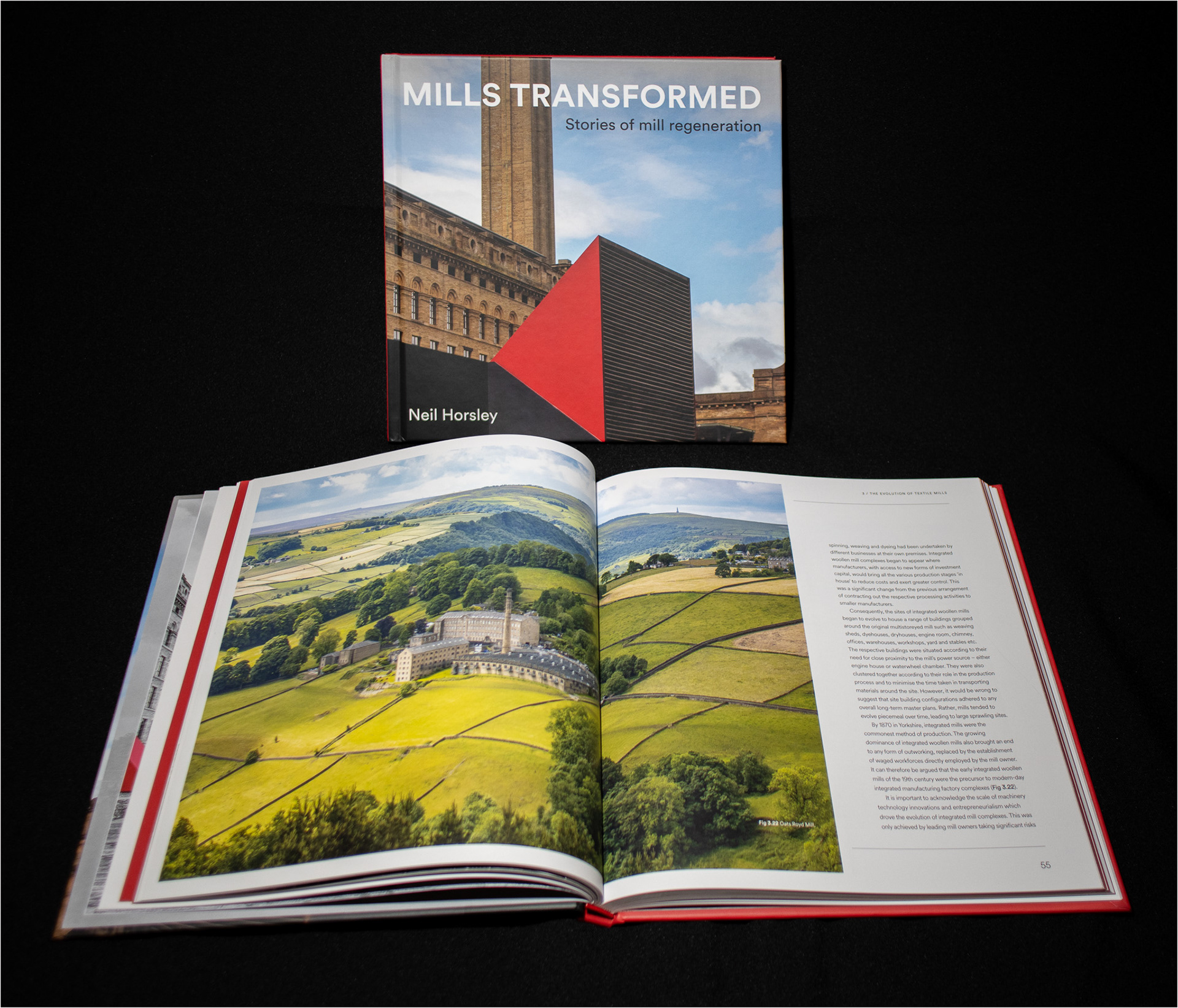
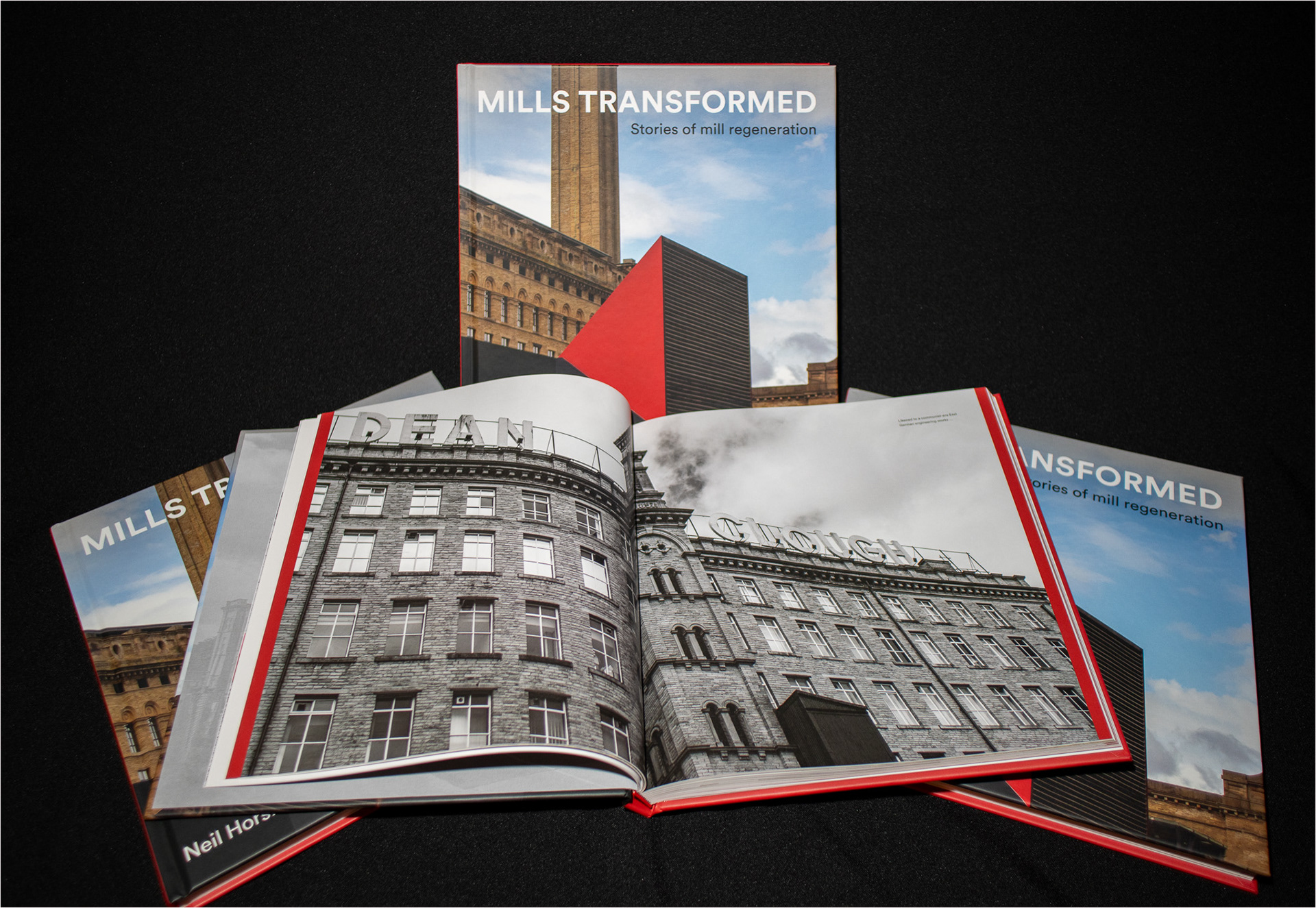
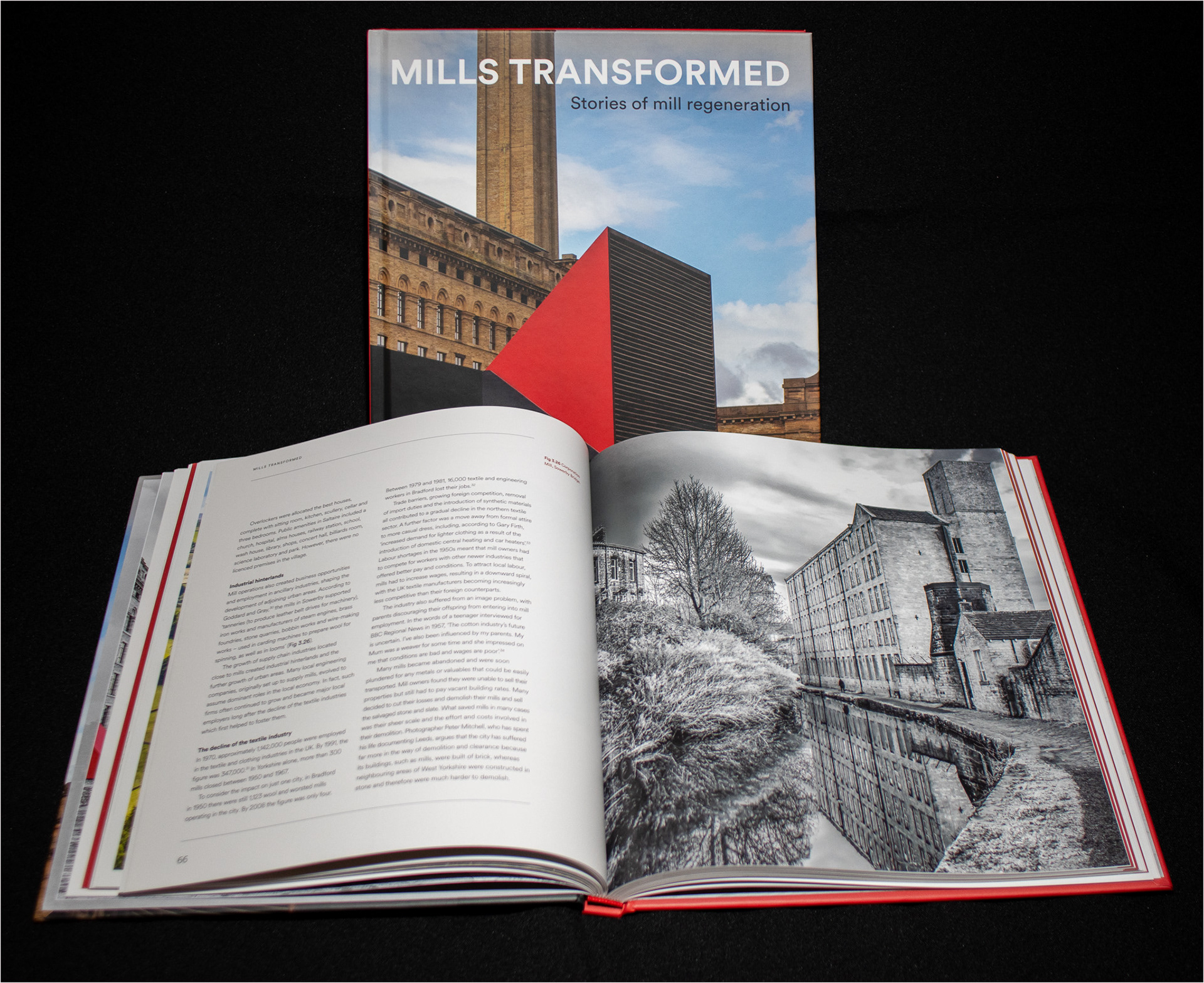
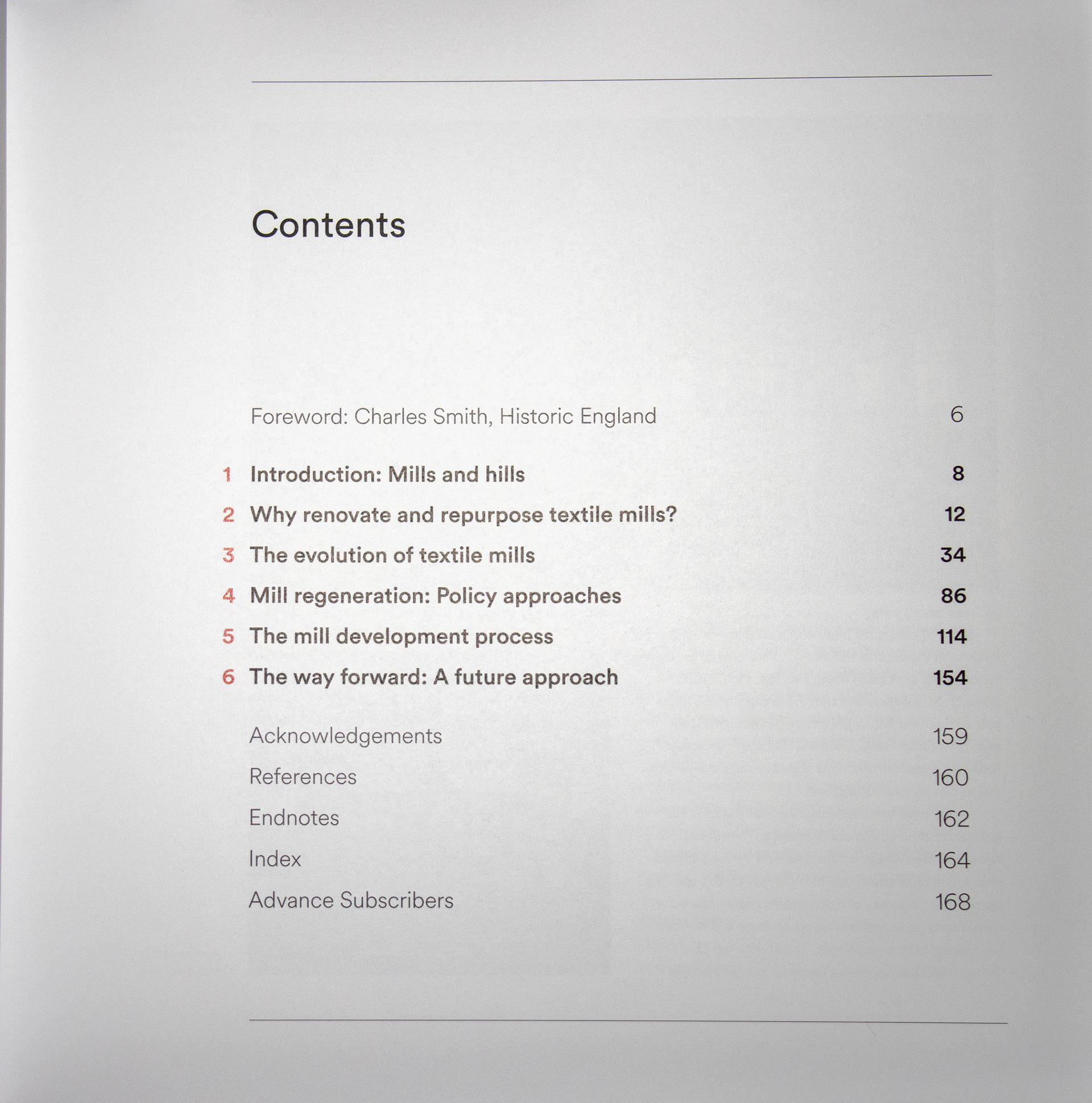
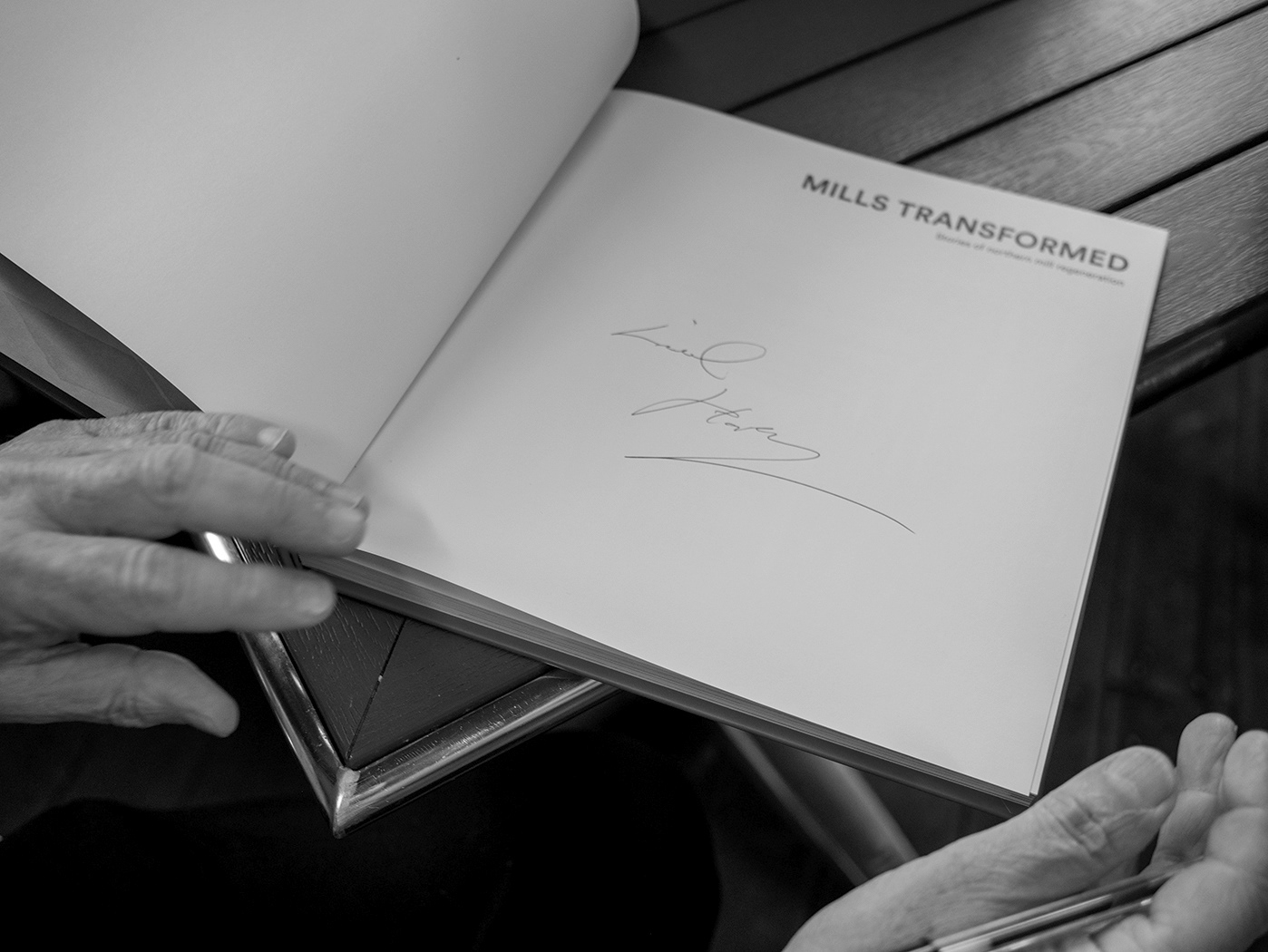
Phil emery Visits
Book Review | Mills Transformed – Neil Horsley
Feb 1, 2025 Book Reviews
John Hudson Publishing. Hardback. January 2025. £30.00
ISBN: 9781738540006
‘Mills Transformed’ is a new and lavishly illustrated book on the role of the textile mill, past, present and future, in Yorkshire, Lancashire and Greater Manchester.
Once derided as ‘Dark Satanic Mills’, notorious for child labour and surrounded by slum dwellings, these now much loved Cathedrals of the textile industry stand as physical testament to an industry that was once of worldwide importance.
This book looks at the history of the textile mill starting with the mullion windowed ‘loomshops’ of the Pre-industrial Revolution, as can be seen at Colne Valley museum in Golcar. (An interesting fact the book divulges is that these looms were so valuable to families that they were handed down through the generations resulting in the term ‘family heirloom’.)
From these early days, the mill was the physical embodiment of the textile industry during the Industrial Revolution. Developments in such areas as mechanisation, steam power, iron frame building and the migration of workers to the burgeoning mill towns are reflected in their evolution and that of the towns around them. Horsley describes how, from the early days of water power, when textile mills relied on water wheels – using technology that would have been familiar to medieval monasteries, for example at Fountains Abbey – the advent of steam power and larger more efficient machinery led to not just enormous single mills, but complexes of mill buildings that incorporated all stages of production.
Economic and social conditions led to the decline of the textile industry towards the end of the 20th century and many of our most impressive mills fell into disuse and many, tragically, were demolished.
However, Neil Horsley’s book is much more than a history of the textile mill. The author also presents a convincing case for the conservation of the textile mills as they not only have a vital heritage role but can be repurposed in many guises to play a positive role in the economic activity of the North of England. He also describes how, using the example of Oldham Council, attitudes have changed from the desire to demolish outdated buildings to instead using these architectural masterpieces to enhance local identity. Horsley concludes with a guide to the process of regeneration including practical details relating to planning, the role of Historic England and advice and recommendations covering all aspects of the process – in effect, a blue print for their preservation for future use.
Throughout this excellent book are red edged pages which contain numerous case studies that relate to the various issues raised. Well known success stories such as Salts Mill and Dean Clough are included along with examples of many other mill regenerations.
Neil Horsley’s book is an entertaining and informative read and is also a great incentive to visiting and finding out more about these important heritage sites.
